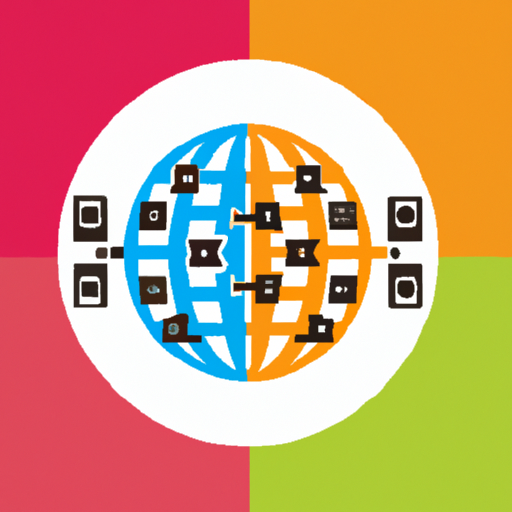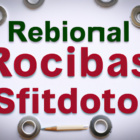In recent years, spatial computing has emerged as a frontier technology, reshaping the way we interact with the digital world. At its core, spatial computing integrates the physical and digital landscapes, enabling us to interact with data and environments in a three-dimensional space. This blog post delves into the exciting world of spatial computing, exploring its applications, implications, and the future it holds for technology enthusiasts and everyday users alike.
What is Spatial Computing?
Spatial computing encompasses a range of technologies that create interactive, immersive experiences by merging the physical and digital realms. This includes augmented reality (AR), virtual reality (VR), and mixed reality (MR). These technologies allow users to navigate, manipulate, and interact with 3D digital environments as if they were part of the physical space around them. The potential applications of spatial computing are vast, impacting industries from gaming and entertainment to education and healthcare.
The Role of Augmented and Virtual Reality
Augmented reality enhances the real world by overlaying digital information, which can transform routine tasks into engaging experiences. For instance, AR applications in retail allow customers to visualize products in their homes before making a purchase, thereby enhancing decision-making. On the other hand, virtual reality immerses users in entirely artificial environments, providing experiences that are useful in training, simulations, and entertainment.
Mixed Reality: Bridging the Gap
Mixed reality combines elements of both AR and VR, allowing real and virtual objects to coexist and interact in real-time. This technology has significant implications for industries like architecture and design, where professionals can visualize and modify their work in actual environments, enhancing collaboration and creativity.
Applications of Spatial Computing
The applications of spatial computing are vast and varied:
- Gaming: Immersive gaming experiences leveraging both AR and VR.
- Healthcare: Enhanced training simulations for medical professionals and interactive 3D visualizations for patient education.
- Education: Interactive learning environments that promote engagement and understanding.
- Architecture: Visualizing and modifying designs in situ, improving the design process.
- Retail: Enhancing customer experience through virtual try-ons and interactive storefronts.
The Future of Spatial Computing
As hardware becomes more advanced and accessible, spatial computing is set to revolutionize our interaction with technology. The increasing integration of AI with spatial computing will lead to even more intuitive and meaningful digital experiences. Moreover, as 5G networks roll out globally, the synaptic speed and connectivity will allow for real-time interactions with 3D environments, pushing further the boundaries of what we can achieve through spatial computing.
Conclusion
In conclusion, spatial computing represents a paradigm shift in how we engage with digital information and environments. As technology continues to evolve, we stand on the brink of a new era where our physical and digital realities converge seamlessly. Embracing these technologies today can pave the way for innovative solutions and experiences tomorrow. Stay tuned as this exciting field unfolds!






